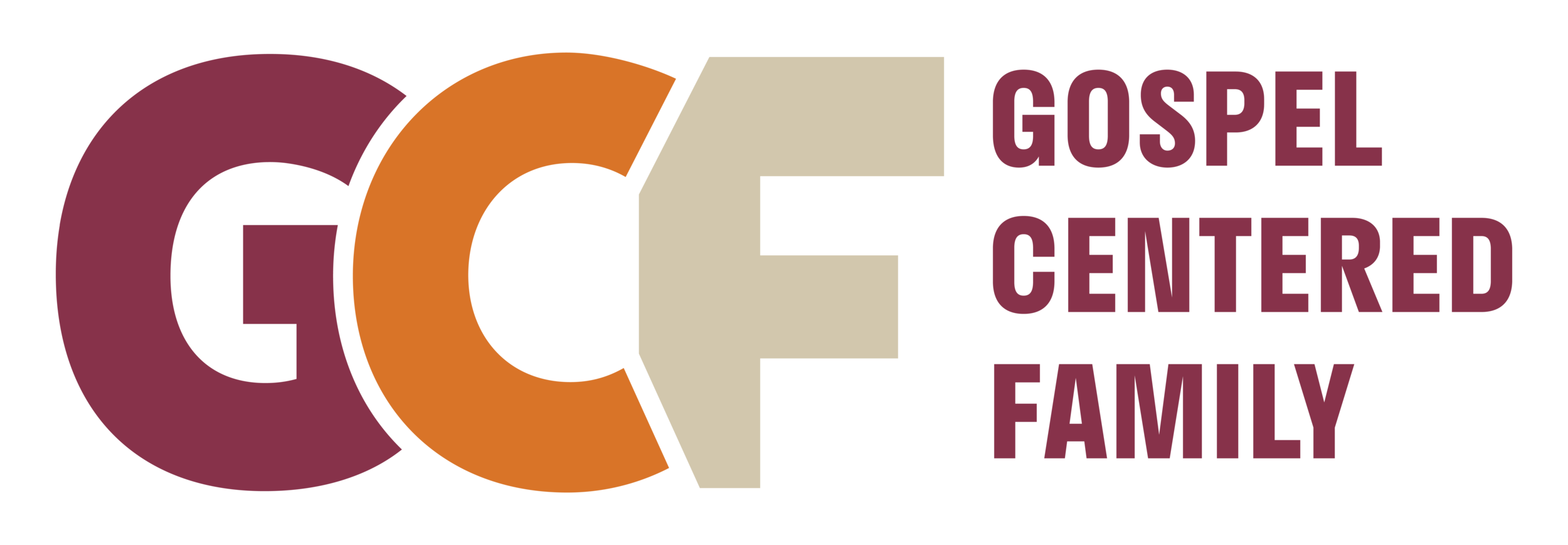Celebrating the Resurrection ... With Eggs, Candy, and Bunnies
As we approach the Easter holiday it's easy to get lost in aisles of candy and all the egg dying equipment. As believers and parents, we have to ask ourselves, where did all this come from and how is it affecting the meaning of the holiday?
The Bunny
The Easter bunny was probably introduced to this country by German immigrants in the 17th century. The rabbit was traditionally viewed as a symbol of fertility and of new life. These German immigrants brought their tradition of an egg-laying rabbit called “Osterhase” or “Oschter Haws", to America and it quickly spread.
The Eggs
This tradition also shares pagan roots. The egg is also a symbol of new life. In some Christian traditions, Easter eggs are said to represent Jesus’ emergence from the tomb and resurrection.
The Candy
Because eggs are associated with this holiday, candy makers in the 19th century started making chocolate eggs, with the current egg shaped jelly bean making it's first appearance in the 1930's--although it's origins go back to biblical times and a treat called Turkish Delight.
Where This Leaves Us Today
While we see a mixing of the secular with the sacred here, it's not all bad. Yes, I believe you can celebrate Easter with colored eggs and lots of candy. Does it change the meaning of the holiday? It shouldn't. The only way it can is if Easter is the only day you are talking with your family about the resurrection. Could the bunny, the eggs, and the candy (not to mention the baskets) distract from the real meaning? Of course they could! But our job as parents and believers is guide our kids and each other back to the big picture, of our big God, who did for us what we couldn't do for ourselves, conquer sin.
Easter is meant to be a celebration. It's a celebration of death being put to death by the love God demonstrated in His Son's obedience to pay the penalty that was due us. This message should celebrated and heralded, not just Easter Sunday but everyday!

